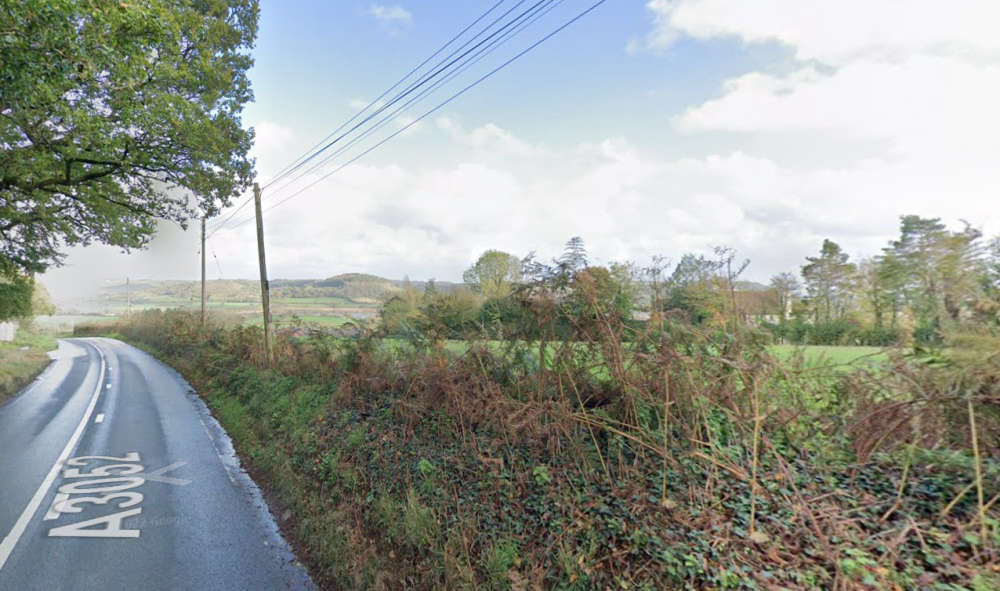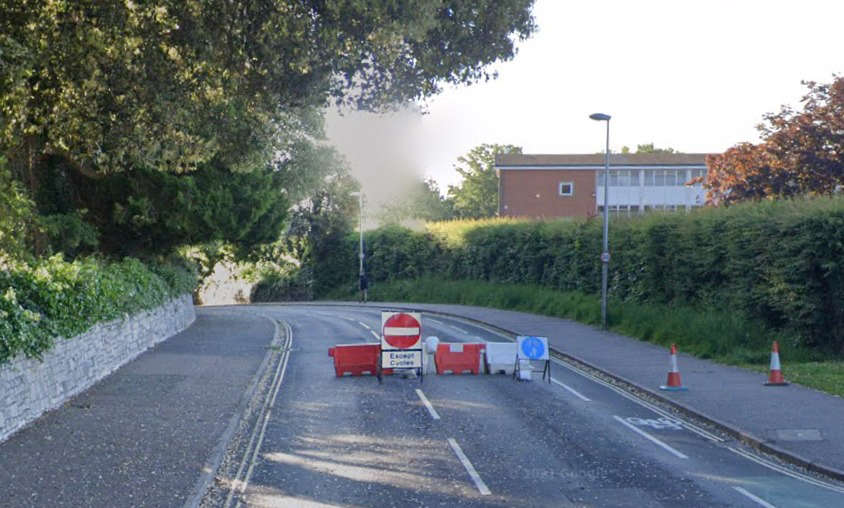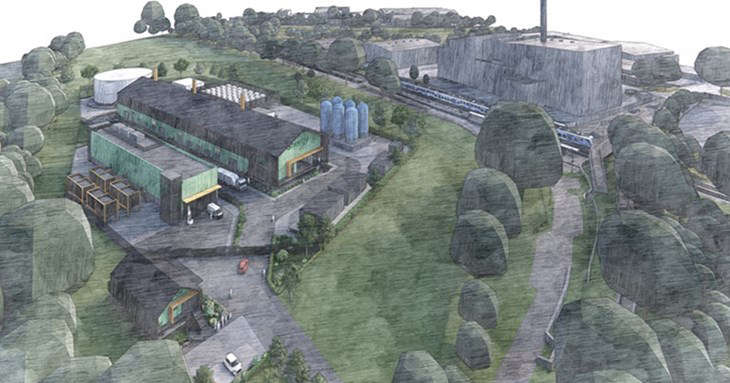
Roman settlements are among the potential discoveries that could frustrate plans for new homes on a host of sites in East Devon.
Historical experts have called for archaeological digs to be conducted in Axminster, Seaton, and other parts of eastern East Devon due to a range of possible significant finds.
Beyond the possibility of Roman settlements, experts from Historical England and Devon County Council want to investigate whether there are also neolithic settlements, an Iron Age farmstead, a Roman villa, road and fort, and World War II structures to be found across the specified sites.
While any discoveries would likely be welcomed by history fans, they could create a frustration for East Devon District Council, which is trying to plot where it can build new homes between now and 2042.
This exercise is being conducted through its draft local plan, which has been subjected to a first round of public consultation earlier this year.
Members of East Devon’s strategic planning committee will get to scrutinise this feedback at their meeting next week.
The council has to meet certain housing targets set by the government, and any Roman or neolithic ruins or artefacts that are found could mean it can’t build on those exact areas.
That could mean it has to find entirely new locations for prospective homes in those areas, or it might have to reduce the size of proposed housing sites where historical digs unearth significant findings.
Councillor Todd Olive, East Devon District Council’s portfolio holder for place, infrastructure and strategic planning, said: “East Devon’s rich history means archaeological assessments are often needed for development sites.
“Devon County Council and Historic England have asked for further investigations on sites before they are confirmed as allocations in Axminster, Seaton and the east of the district, due to possible features such as Neolithic and Roman settlements, an Iron Age farmstead, a Roman villa, road and fort, and WWII structures.”
In a report prepared for the strategic planning committee, the council acknowledged that “additional heritage impact assessments are being undertaken”, and that in some cases, the landowners putting forward sites for potential development had been “advised that additional archaeological investigation works are required”.
Historic England has mentioned the need for archaeological assessments or surveys at land south of Strawberry Lane in Ottery St Mary, land south of Harepath Hill and land west of Axeview Road in Seaton, while Devon County Council has claimed there is a “lack of an archaeological assessment” at land at Dart’s Farm.
As part of its local plan, the council is aiming for an annual housing target of 850 per year between now and 2031/32, rising to 1,070 per year from then until 2042.
It’s hoping only to need to deliver 20,909 homes during the period of the plan, which technically covers from 2020 even though it is only being consulted on now.
That’s because the new local plan will replace the existing one that runs from 2013-2031

 Award Winning Author Leads Writers’ Workshop at Sidmouth College
Award Winning Author Leads Writers’ Workshop at Sidmouth College
 Police Statement – Incident Near Cranbrook Railway
Police Statement – Incident Near Cranbrook Railway
 Exeter’s Museum awarded crucial funding
Exeter’s Museum awarded crucial funding
 Consultation on the future of the Dryden Road scheme to be held in the New Year
Consultation on the future of the Dryden Road scheme to be held in the New Year
 Police appeal for information following a fatal collision in Marsh Barton
Police appeal for information following a fatal collision in Marsh Barton
 Air Cadets embark on a new fundraising project for Poppy Appeal
Air Cadets embark on a new fundraising project for Poppy Appeal
 Chance to comment on land disposal at Grace Road
Chance to comment on land disposal at Grace Road
 Devon council’s revamped grant scheme expecting high demand
Devon council’s revamped grant scheme expecting high demand











